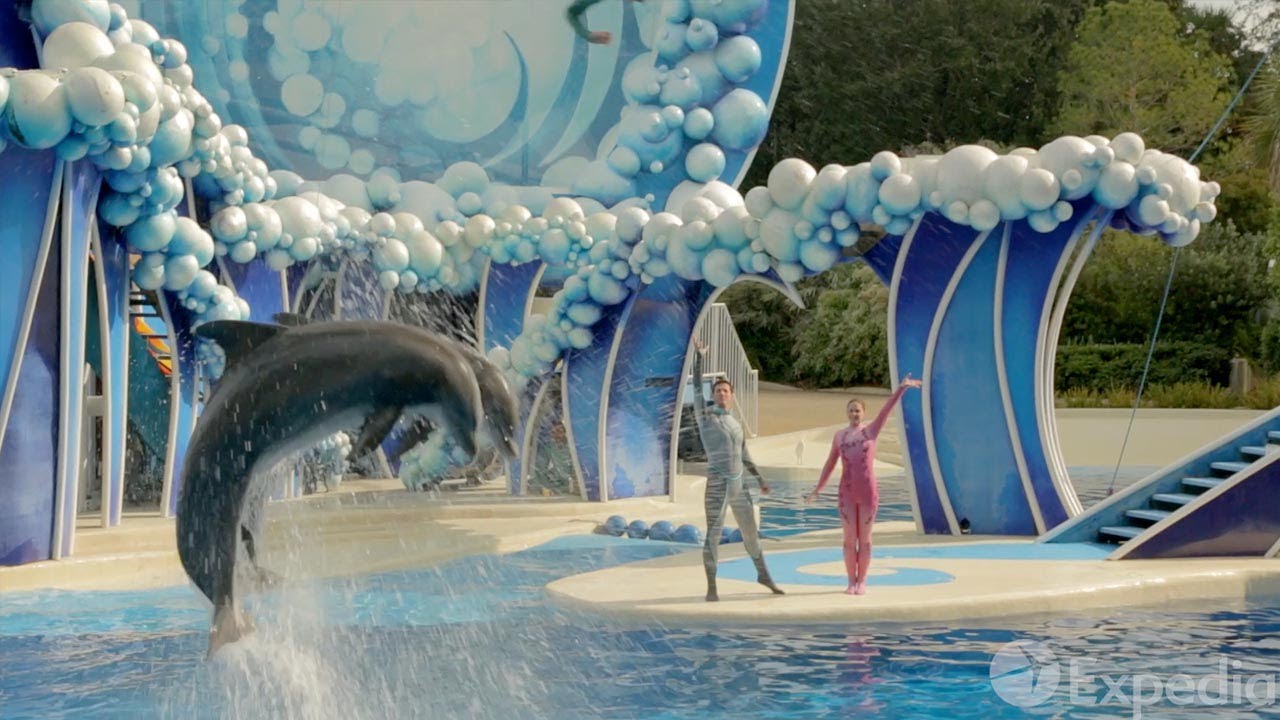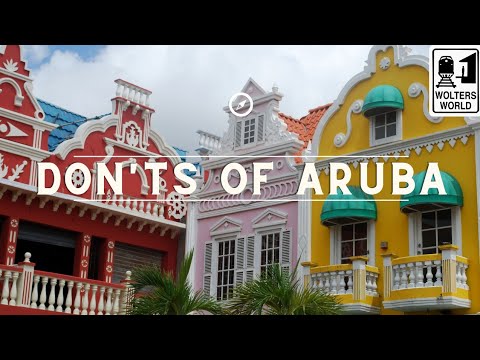Finally, you’ve decided to book your trip to Japan and are now trying to plan out your itinerary. Today, we have an ideal five-day plan for the city that should be your first stop: Tokyo. Let’s begin!
Welcome to our channel, where we share all the amazing places on this planet to add to your bucket list. If you’re new here, we know you’re going to like it, and if you’re a subscriber, thank you for coming back. Without further ado, here we go.
Tokyo is a neon jungle of colorful lights and unique experiences.
It combines Asian traditions with modern energy that radiates through every corner, attracting thousands of tourists annually.
In today’s video, we’ll review an ideal five-day itinerary for your next trip to Tokyo.
Be sure to stay until the very end of the video, where we’ll share some fun insider facts about Japan.
**Day 1: Visit TeamLab Planets, Shinjuku, Omoide Yokocho, and Shibuya**
We believe that your first day in a country should be all about experiences that capture the spirit and aesthetic of the place.
That’s why our first-day plans in Tokyo are all about spots and activities that will make you feel like a local.
The first item on our five-day Tokyo itinerary is a magical visit to TeamLab Planets.
This immersive museum offers visitors a once-in-a-lifetime experience that touches and heightens all five senses.
While the museum is relatively small, with only seven artworks, it’s more about how these pieces come together to create a vibrant and gorgeous display of colors and emotions.
The museum is a barefoot experience because some rooms require you to walk knee-deep in water, so you might want to wear something comfortable or at least bring a change of clothes and shoes.
Our second stop of the day will be Shinjuku. After an immersive experience at TeamLab Planets, this technologically advanced part of town looks like it came straight out of a comic strip.
Shinjuku is home to numerous malls and skyscrapers taller than you can imagine, not to mention the bars and clubs that shine through the night.
If you want to shop until you drop, this little Japanese nook will feel like paradise to you. But suppose the fast-paced hustle and bustle of city life aren’t ideal for your dream vacation.
In that case, you can go to the national park for a relatively calm experience among trees and flowers. Shinjuku is also an ideal area to grab a bite in quiet little cafes mostly known to locals, offering an authentic experience of what it’s like to be in Tokyo.
Also known as Memory Lane, Omoide Yokocho is another place where locals go to eat and drink. While Memory Lane might not sound like a place to eat, it is actually one of the most popular spots to wine and dine in the city.
This is the place for traditional Japanese cuisine and small traditional pubs known as izakayas. There are 60 izakayas in Omoide Yokocho, making it the top place for drinks in the city.
At an izakaya, you don’t have to worry about getting food from somewhere else because these bars offer food along with your drinks.
The downside is that these pubs are tiny with few seats, but if you’re looking to get up close and personal with bar owners, this is the perfect opportunity.
The final stop of our first day’s route is Shibuya because this part of Tokyo is where all the locals go for a night out.
Think of Shibuya as the Times Square of Tokyo; you’ll find all the same vibes from the sparkling lights, billboards, and tall buildings.
Once you’re in the area, this neighborhood is especially popular with people involved in artistic practices because it’s excellent for people-watching.
However, most people go to Shibuya for a different reason: it is home to the busiest intersection in the city, also known as Scramble Crossing.
This spot is famous for its photography opportunities. So, the perfect plan for a night in Shibuya would be to wander around after having dinner at Omoide Yokocho and grab dessert in one of the many cafes in the area before going for that photo opportunity.
**Day 2: See the Meiji Shrine, Harajuku, Tokyo Tower, and Happy Pancake**
Day two is mainly about seeing important landmarks and exposing yourself to new tastes and stories.
So, we’ve compiled some must-see places to surround you with beautiful sights, trendy stores, and good food.
The Meiji Shrine and Yoyogi Park are synonymous in Tokyo, and it’s a great location to immerse yourself in the traditions of Japan.
That’s why we’re starting the second day with a trip to Meiji Shrine. The shrine sits quietly in the middle of a 170-acre park full of evergreen and cherry blossom trees, providing a tranquil spot for people who want to snatch a moment of peace and quiet.
You can watch people as they leave offerings at the shrine, take strolls through the park, or even witness a traditional wedding if you’re in luck.
Our next stop after the Meiji Shrine is the most famous tower in all of Tokyo: the Tokyo Tower. This monument was built in 1958 soon after World War II ended, paying homage to the country’s efforts in defending their land.
The architects were inspired by the Eiffel Tower, and at the time of its completion, the building had surpassed the Eiffel Tower in height, standing at 333 meters.
Tokyo Tower attracts several tourists daily thanks to its observation decks and photo-worthy sights.
But that’s not all; the Tokyo Tower is also strategically placed and surrounded by many attractions visitors can enjoy before and after their tour of the building.
Some of the most popular spots in the surrounding area include Zozoji Temple and Shiba Park.
The third stop for day two’s itinerary is excellent for young visitors: Harajuku. This is the social hub for any young individual in Tokyo, full of trendy spots and Instagrammable setups.
Teenage culture drives Harajuku, so many shops focus on selling items popular with the teen crowd.
But this doesn’t mean adults won’t have a good time; there are several boutiques and shopping options, along with cafes and restaurants for people far beyond their teenage years.
You can also visit the Meiji Jingu Temple to squeeze in a cultural activity while you’re in the vicinity.
You’ll love this next stop if you’re serious about your pancakes.
To top off our second day in Tokyo, we recommend going to Happy Pancake for dessert after having your meal in Harajuku.
While this pancake eatery has several locations throughout Tokyo, it is best known for the one in Harajuku.
Happy Pancake has the fluffiest and most affordable desserts in the area. It’s also one of their more spacious locations, giving you extra room to hang out and enjoy your pancakes.
This wraps up our second day in Tokyo with a sweet spot.
**Day 3: Hang out at the Tokyo Art Aquarium, Ninja Restaurant, and Electric City**
Being in Tokyo starts to feel even more accurate when you hang out in tech hubs or spend time in spaces that Japan is best known for.
Our third-day itinerary aims to do just that by taking you to neon museums, fabulous restaurants, and some of Tokyo’s most popular entertainment areas.
Starting in Ginza, our third-day plans include visiting the Tokyo Art Aquarium. This unique art museum is a display of color and lights everywhere.
Hundreds of thousands of goldfish swim in differently shaped glass tanks throughout the aquarium. The placement of it all creates a unique and compelling experience, especially for first-timers.
Our next stop, Ninja Restaurant, is an eating experience authentically found in Japan.
Since ninjas are such a prominent part of Japanese culture, it’s impossible to wander through the streets of Tokyo without paying homage to the ancient warriors that once guarded the country.
The Ninja Restaurant at Akasaka does precisely that. Akasaka is a long-wandering ninja village that is now a popular tourist hub of Japanese warrior culture.
The ninja village remains perfectly intact, and the restaurants in the area are all operated by ninjas. Some even offer unique displays and let you meet with ninja masters.
In short, this village is a perfect lunch option before you continue to explore the streets of Tokyo, and it’s an absolute must since you can only experience this in Tokyo.
After the Akasaka Ninja Restaurant, our trip continues to the Electric City of Tokyo. This part of town is best known for the different and affordable kinds of electronics it offers.
So if you are a tech enthusiast, Electric City will feel like home to you. Akihabara is home to all things tech-savvy, and it’s where most locals get their electronic needs.
There are two reasons for that: one, because the area is so affordable, and two, because Akihabara encapsulates the authentic Japanese spirit you see on TV shows and movies.
Anime-themed manga and video shops line up the streets alongside the gadget stores, making this the perfect place to window shop or bring something home as memorabilia.
**Day 4: Visit the Sensoji Temple and Edo Taito Craft Center**
The itinerary focuses on art, so today we’ll take you to a temple best known for its dancing activities, followed by a unique arts and craft center that doubles as a museum.
Sensoji Temple is not your ordinary temple because while people go here to worship their gods, they also go here to dance. While these dances are nothing like going to a club, they are close to Japanese Buddhist traditions.
You can learn a few traditional dances or even partake in a fun bean-throwing session during your time here.
While in the area, stop by the Edo Taito Craft Center and learn more about the handcrafted items the Japanese take pride in. You can even watch as craft masters carve these objects out of wood blocks.
Since the craft center doubles as a museum, these objects will be available as souvenirs. Remember to look at the diagrams that show all the skills passed down for generations of Japanese artisans.
Pictures are allowed in the museum, but using flash isn’t recommended. Ticket prices vary by age and season.
**Day 5: Spend some time in cherry blossom gardens**
After days of running around, our final day focuses on taking things slow and steady.
This makes it an ideal day to visit cherry blossom gardens, also known as sakura gardens. This trip is a fun activity that also allows you to decompress.
The best time to visit is during spring, but these gardens remain open year-round, so whenever you’re here, you can get a chance to see them.
The Rikugien Gardens are perfect for this activity. You’ll have the entire day to take in the beauty of the cherry blossoms and have a picnic while you read a book or manga.
Before we wrap up this video, here are some fun facts about Japan:
1. More than half of the country is covered by trees, mainly evergreen and cherry blossom trees.
2. Tokyo is the most densely populated city in the world.
3. Only 1.5% of the Japanese population consists of immigrants.
4. Japan experiences more than 1500 earthquakes every year.
Tokyo is the perfect place for food and anime lovers alike, but it can be exhausting if you try to pack too much into each day.
Try to spread things out to avoid burnout and ensure you can enjoy the city to the fullest. When are you planning your trip?
Comment below and let us know, and if you liked this video, you would love our other video on day trips from Tokyo.
Be sure to like and subscribe for more content like this. See you soon!









